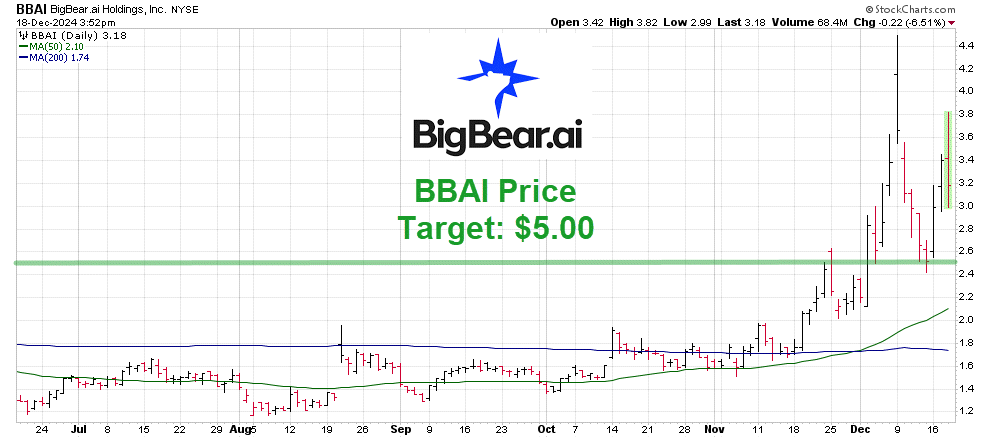The Rise Of Femicide: Exploring The Factors Contributing To Increased Incidents

Table of Contents
Societal Factors Driving Femicide
Gender Inequality and Societal Norms
Deep-rooted patriarchal structures normalize male dominance and female subordination, creating an environment where violence against women is tolerated, minimized, or even justified. This ingrained inequality manifests in various ways, directly contributing to the rise of femicide.
- Limited legal protections for women: In many parts of the world, laws protecting women from violence are weak or inadequately enforced. This lack of legal recourse emboldens perpetrators and allows femicide to go unpunished.
- Cultural norms that condone violence against women: Traditional beliefs and cultural practices that normalize or excuse violence against women create a climate where such acts are accepted, or at least not actively condemned. This can range from "honor killings" to the normalization of domestic abuse.
- Lack of education and awareness about gender equality: A lack of widespread education and awareness campaigns regarding gender equality perpetuates harmful stereotypes and reinforces power imbalances. This lack of understanding contributes to the acceptance of violence as a means of control.
- Underrepresentation of women in positions of power: The underrepresentation of women in political, economic, and social spheres limits their ability to influence policy and advocate for their own protection. This lack of representation translates to less attention paid to issues of violence against women.
The Role of Misogyny and Toxic Masculinity
Misogynistic attitudes and beliefs, often linked to toxic masculinity, fuel violence against women by fostering a sense of entitlement and control among perpetrators. This toxic environment creates a breeding ground for violence.
- Spread of misogynistic ideologies through media and online platforms: The proliferation of misogynistic content online and in mainstream media normalizes and reinforces harmful stereotypes about women, contributing to a culture of violence.
- Normalization of sexual harassment and objectification of women: The widespread acceptance of sexual harassment and the objectification of women dehumanizes them and creates a sense of impunity for perpetrators. This contributes directly to the normalization of violence.
- Lack of resources and support for men to challenge harmful gender roles: Limited resources for men to challenge traditional gender roles and express their emotions in healthy ways can contribute to frustration and aggression, leading to violence.
- The link between anger management issues and violence against women: Studies have consistently shown a link between poor anger management and violence against women. Addressing anger management issues through therapy and education is crucial.
The Impact of Institutional Failures
Ineffective Law Enforcement and Judicial Systems
Failure to adequately investigate, prosecute, and convict perpetrators of violence against women allows a culture of impunity to flourish, directly contributing to increased incidents of femicide.
- Lack of specialized training for law enforcement on gender-based violence: Police officers often lack the necessary training and sensitivity to effectively handle cases of gender-based violence, leading to inadequate investigations and a lack of justice for victims.
- Insufficient resources allocated to investigating femicide cases: A lack of funding and resources for investigating femicide cases leads to delays, incomplete investigations, and ultimately, a lack of accountability for perpetrators.
- Bias and discrimination within the judicial system against female victims: Bias and discrimination within the judicial system can lead to unfair trials, lenient sentences, and a lack of justice for victims of gender-based violence.
- Lengthy legal processes and inadequate sentencing: Lengthy legal processes and inadequate sentencing for perpetrators of femicide send a message that these crimes are not taken seriously, further fueling the cycle of violence.
Gaps in Support Services for Victims
The absence of readily accessible and comprehensive support services for survivors of violence leaves them vulnerable and increases the risk of femicide. These gaps in support contribute to a cycle of abuse.
- Lack of shelters and safe houses for abused women: A lack of safe and accessible shelters for abused women leaves them with few options for escaping abusive situations, increasing their vulnerability to further violence.
- Inadequate access to mental health and legal services: Many victims of domestic abuse lack access to the necessary mental health and legal services, leaving them without the support they need to escape abusive situations and rebuild their lives.
- Insufficient funding for victim support organizations: Insufficient funding limits the capacity of victim support organizations to provide the necessary services to survivors of domestic abuse.
- Stigma associated with seeking help for domestic violence: The social stigma associated with domestic violence can prevent many women from seeking help, leaving them isolated and vulnerable.
Understanding the Individual Perpetrators of Femicide
Psychological Factors and Personality Traits
While societal factors create the environment, understanding individual characteristics is critical in preventing femicide. Perpetrators often exhibit controlling behaviors, jealousy, and a history of violence.
- History of domestic abuse: Many perpetrators of femicide have a history of domestic abuse, escalating from controlling behavior to lethal violence.
- Substance abuse issues: Substance abuse often exacerbates existing issues, leading to impulsive behavior and increased aggression.
- Personality disorders: Certain personality disorders, like antisocial personality disorder, are associated with increased risk of violence.
- Belief in patriarchal ideologies: A belief in patriarchal ideologies that reinforce male dominance and female subordination can fuel a sense of entitlement and control.
Access to Weapons and Opportunities
Easy access to firearms and other weapons significantly increases the lethality of domestic violence and the likelihood of femicide. Restricting access to weapons is a key step in prevention.
- Stricter gun control laws: Implementing stricter gun control laws can significantly reduce access to weapons and decrease the lethality of domestic violence.
- Improved background checks for weapon purchases: Strengthening background checks can help prevent individuals with a history of violence from obtaining weapons.
- Public awareness campaigns on responsible gun ownership: Raising public awareness about responsible gun ownership and the dangers of domestic violence can help prevent tragedies.
Conclusion
The rise of femicide is a complex issue with deep roots in societal structures, institutional failures, and individual characteristics. Addressing this crisis requires a multi-faceted approach that tackles gender inequality, promotes healthy relationships, strengthens the justice system, and provides comprehensive support for survivors. We must actively challenge misogynistic attitudes, improve law enforcement responses, and increase access to resources for victims. Only through collective action—from individual responsibility to systemic change—can we effectively combat femicide and create safer communities for women everywhere. Let’s work together to prevent femicide and ensure a future free from gender-based violence. Learn more about how you can support organizations fighting to end femicide and advocate for stronger legislation against violence against women. The fight against femicide is a fight for equality and justice, a fight we must all join.

Featured Posts
-
 Can Trumps Policies Bring Back American Factory Jobs An Analysis
May 21, 2025
Can Trumps Policies Bring Back American Factory Jobs An Analysis
May 21, 2025 -
 Abn Amro Analyse Van De Toename In Occasionverkoop
May 21, 2025
Abn Amro Analyse Van De Toename In Occasionverkoop
May 21, 2025 -
 Bbai Stock Plunges 17 87 Revenue Miss And Leadership Instability Explained
May 21, 2025
Bbai Stock Plunges 17 87 Revenue Miss And Leadership Instability Explained
May 21, 2025 -
 Bbc Breakfast Guest Interrupts Live Broadcast Are You Still There
May 21, 2025
Bbc Breakfast Guest Interrupts Live Broadcast Are You Still There
May 21, 2025 -
 Jacob Friis Tuff Seger I Malta Startar Ny Era
May 21, 2025
Jacob Friis Tuff Seger I Malta Startar Ny Era
May 21, 2025
